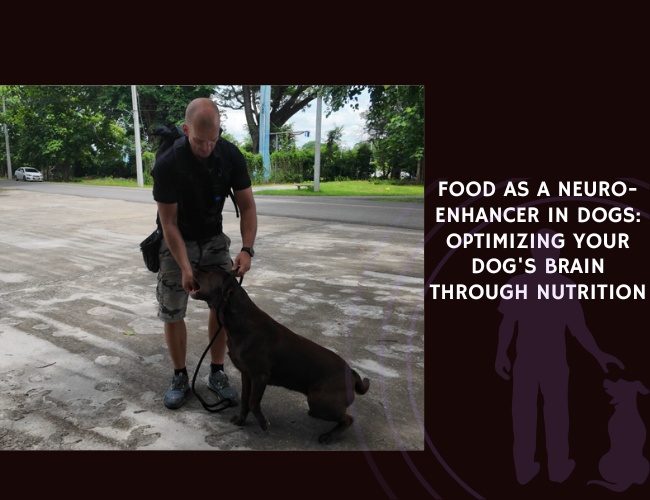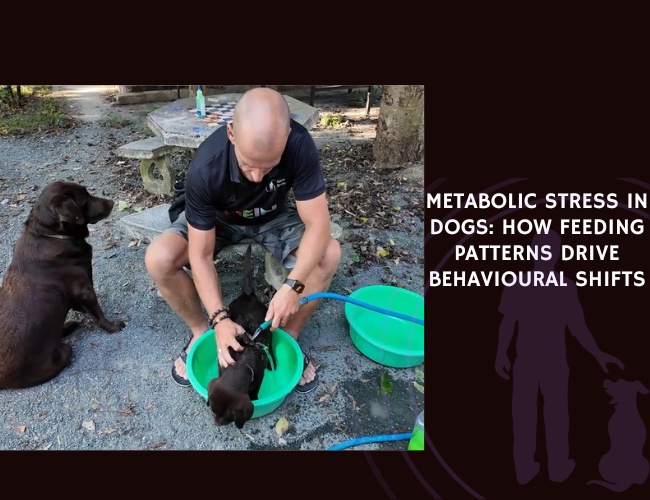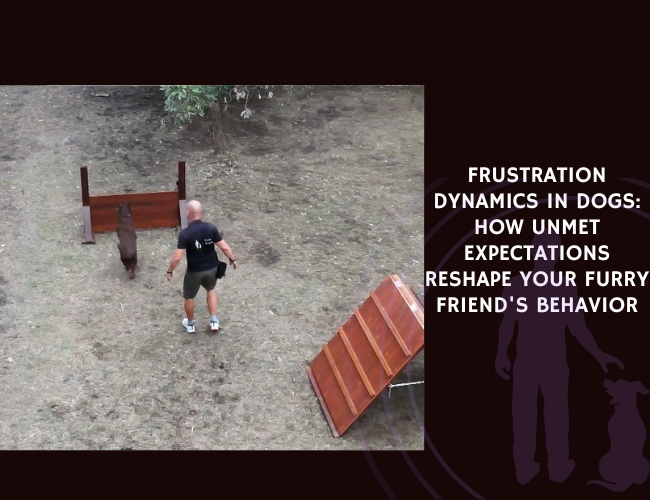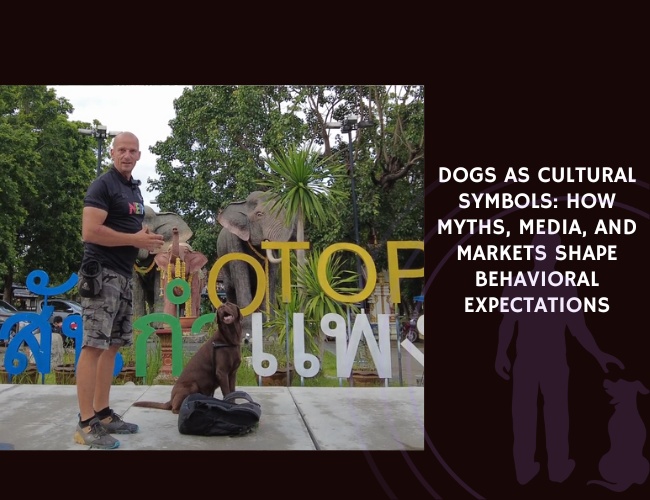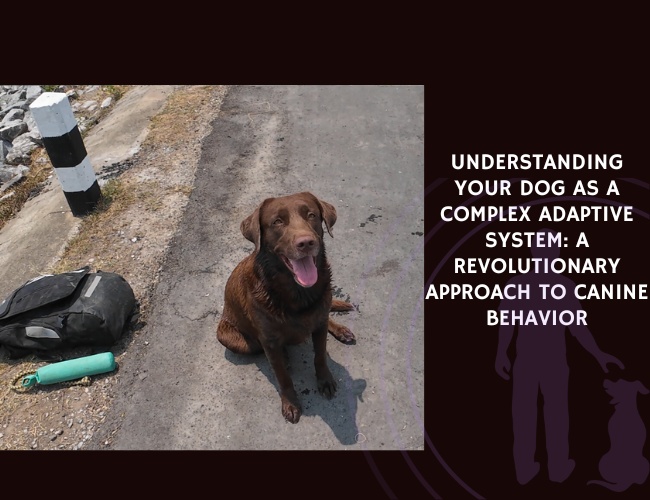Introduction: Understanding Canine Emotions
The modern science of dog emotions
Understanding how dogs feel is an informative and fascinating topic, especially for those living with more than one furry friend. Experts agree that dogs possess complex social emotions, shaped by their developing brains. Important areas, like the amygdala and prefrontal cortex, help process feelings and social interactions. These brain structures are present early in a puppy’s life, but their full emotional capacity unfolds over time.
The question of puppy jealousy
Is puppy jealousy real? That’s a big debate! Some studies report jealousy-like behaviors in dogs, such as stepping between their owner and another animal, or even pushing and snapping. However, other research suggests these behaviors might just be attention-seeking or a way of guarding resources. Because of this conflicting evidence, many researchers agree that the existence of true jealousy in puppies remains uncertain and needs more study. What is clear is that these behaviors—whatever their cause—start to appear during key development stages and are influenced by social experiences. Early training and positive attention can help reduce negative responses and promote a happy, cooperative pack at home.
Why behavioral distinctions matter
For dog owners and trainers, knowing the difference between jealousy, resource guarding, and basic attention-seeking is critical. Jealousy-like behavior is a reaction to a perceived threat against a relationship, like when a puppy becomes upset if their owner gives attention to another dog. Resource guarding, however, involves protecting objects or food. Confusing these behaviors can lead to ineffective training and unresolved conflict. A supportive, professional approach helps owners spot the clues and respond appropriately.
By understanding these emotional building blocks, you’re already on your way to creating a more harmonious, informed, and compassionate home for your dogs. 🐾
What Is Puppy Jealousy?
Understanding jealousy-like behaviors in puppies
Puppy jealousy can be a confusing and sometimes emotional subject for dog owners. The term “jealousy” might make you picture a puppy sulking when you give attention to another dog. But in fact, jealousy-like behaviors are more nuanced and still a hot topic in scientific circles. When puppies see what they believe is a threat to their special bond with their owner, they might react in ways that seem jealous—such as trying to get between their human and another dog, nudging your hand away, or even whining for your focus.
How these behaviors appear in everyday life
Jealousy in puppies often shows up during specific moments. For example, when you are petting or talking to another dog, your puppy may try to squeeze into your lap, push the other dog aside, or bark for your attention. These actions are often triggered by a perceived threat to the owner-dog relationship rather than a desire to protect a toy or treat. It’s important to note that sometimes, what looks like jealousy may actually be attention-seeking or a sign of insecurity. Careful observation is needed to truly understand your puppy’s motivation.
Scientific insights and ongoing debates
Research has found evidence that dogs can show jealousy-like behaviors, particularly when their owners interact with rival dogs or even objects. Puppies might interrupt, push, or snap to reclaim their owner’s attention. However, not all experts agree that these behaviors qualify as true jealousy; some believe they may stem from other emotions like insecurity or learned responses. Studies do suggest, though, that the brain regions involved in social emotion processing—like the amygdala and prefrontal cortex—begin developing early in a puppy’s life, forming the foundation for complex emotions. Still, more research is needed to truly unravel when and how jealousy-like emotions appear.
Understanding these subtle differences helps owners make supportive and professional decisions, ensuring both puppies and their families can grow together with confidence and harmony. 😊
When it comes to other behavior challenges, knowing how jealousy compares to similar problems can guide you to more effective training approaches.
Resource Guarding: A Different Behavior
What is resource guarding?
Resource guarding is when a puppy tries to protect things it sees as valuable, like food, toys, or sleeping areas, from others. You might notice a puppy growling, snapping, or stiffening up if another dog or person comes near its favorite item. This is a natural behavior that helps wild animals survive, but it can cause problems in a cozy home with more than one dog.
How does resource guarding differ from jealousy?
It’s important to understand that resource guarding and jealousy are different behaviors. While jealousy-like actions in puppies come from feeling threatened about their relationship with their owner, resource guarding is all about protecting an object, not a bond. For example, if your puppy gets upset when you give attention to another dog, that’s more about the relationship. But if it protects a chew toy or its food bowl, that’s resource guarding. This clear distinction helps you decide which training method to use and what to watch for in multi-dog situations.
What triggers resource guarding in multi-dog homes?
Resource guarding often happens around food, toys, treats, or even your attention. In homes with multiple dogs, competition for these things can spark guarding behavior. Puppies may also guard their favorite resting spot or a spot close to you. Recognizing these triggers early is crucial for a peaceful home environment.
We understand how tough it can be to navigate these dynamics. Our informative, professional, and supportive advice will guide you through teaching your puppy positive resource-sharing habits. This helps reduce stress for both puppies and their humans, creating a more harmonious home for everyone. 😊
Next, we’ll look at how a puppy’s brain and emotional development play a role in these behaviors.

The Neurological Development of Puppies
Brain growth and social emotion processing
Puppies’ brains go through rapid changes during their early months, creating the foundation for how they connect with you and other dogs. One of the most important periods happens between 8 weeks and 6 months. During this time, puppies start to learn which social behaviors are acceptable and which are not. Experiences—both positive and negative—will shape how they react to other dogs and humans.
The amygdala, a small but powerful area deep inside the brain, is critical for recognizing threats and causing emotional reactions, like fear or excitement. When your puppy gets startled or feels anxious, it’s usually the amygdala leading the way. This area is active early on, but puppies still need time to understand and properly express complex feelings.
Just above the amygdala, the prefrontal cortex steps in as the “thinking cap.” This area helps puppies control their impulses and navigate social situations with patience and self-control. While the basic functions are present in young puppies, it takes months—and lots of social experiences—for the prefrontal cortex to fully develop.
Growth of complex emotions
You may notice more sophisticated emotions as your puppy matures. At first, their feelings are simple—they might show joy when you come home, or distress when left alone. Over time, and with supportive training, their ability to handle more subtle emotions, like rivalry or frustration, grows. The journey from a bundle of instincts to a socially smart dog is remarkable and relies on both genetics and early experiences.
By understanding how the canine brain develops, you can be more patient and supportive as your puppy learns. If your young pup seems confused or overly emotional in a group, remember this is part of their natural growth. Consistent, informative, and professional training during this window can help set up a lifetime of positive behavior.
Smooth emotional development helps create dogs who not only get along with others but also handle new challenges with confidence. 😊
Multi-Dog Household Dynamics
Welcoming a Puppy into a Pack
Bringing a new puppy into a home with existing dogs can be both exciting and challenging. Established dogs already have routines and spots they consider their own, while puppies are just beginning to learn about social cues and pack order. It’s totally normal to see a little bit of chaos at first! An informative and professional approach can make this transition smoother, offering supportive advice every step of the way.
Common Triggers for Conflict
Conflicts in homes with multiple dogs usually pop up around a few key things:
- Food bowls and treats
- Toys and chews
- Direct attention from their favorite human
- The comfiest sleeping spots
Puppies and older dogs may compete for these resources. For example, a puppy might try to sneak some kibble from an older dog’s bowl or jump right into the best bed. It’s not always about jealousy—sometimes it’s pure curiosity or the fun of testing boundaries.
How Older Dogs Shape Puppy Behavior
Older dogs play a big role in teaching social rules. Puppies pick up on body language, signals, and routines by watching their more experienced housemates. If an older dog growls or moves away, it’s not just being mean—it’s helping the puppy learn limits. Positive, guided interactions help the puppy figure out how to share, wait, and respect others. Early socialization and gentle corrections from established dogs are vital for healthy emotional growth and sibling harmony, according to current research.
Creating a Supportive Environment
Owners should watch for budding rivalry but encourage sharing and calm greetings. Structured training, patience, and rewarding good behavior lay the foundation for healthy multi-dog relationships. Remember, these first months are all about learning—and your support can make all the difference! 😊
With these basics in mind, you’ll be well prepared to spot the signs of emotional distress and address them effectively as your pack grows and bonds.
Signs Your Puppy Might Be Experiencing Jealousy
Recognizing jealousy-like behaviors
It can be tough to figure out what your puppy is feeling, especially when you have a multi-dog household. One key sign of jealousy-like behavior is when your puppy interrupts you while you’re giving attention to another dog. For example, your puppy might nudge your hand, wiggle between you and the other dog, or even bark to get your focus back. These actions look cute, but they can signal emotional distress. Puppies may display snapping, pushing, or other actions aimed at “breaking up” your interaction with a rival—whether it’s another pet or even a favorite toy 🐾.
Differentiating attention-seeking, insecurity, and jealousy
Not every clingy act signals jealousy. Attention-seeking happens when a puppy simply wants you to notice them, no matter the situation. These pups might paw at you or whine, especially if you’re busy. Insecurity, on the other hand, shows up as anxiety or nervousness, especially in new or stressful settings. Jealousy-like behavior is unique because it’s triggered by a perceived threat to your bond with them, usually when another animal is getting your attention.
Key body language cues
Look out for certain body signals in your puppy when you’re giving attention to another dog, such as:
- Stiff posture or sudden stillness
- Ears pinned back or intense staring
- Repeated attempts to wedge between you and the other dog
- Growling, whining, or snapping
These body language cues often reveal emotional distress and signal your puppy feels their special spot in your heart might be at risk. Our informative guides are designed to provide professional insights that will help you remain supportive as you navigate these behaviors together 😊.
Let’s keep building your understanding of your puppy’s unique emotions and help create a home where everyone feels safe and loved.
Canine. Emotions.
Understanding how dogs feel is key in multi-dog homes. Brain regions like the amygdala and prefrontal cortex shape emotions from an early age. These areas help puppies interpret social cues and emotional bonds.
The jealousy debate continues. Some puppies show behaviors that seem jealous—like pushing between dogs—but research is split. We suggest these actions may be more about attention-seeking or guarding perceived value.
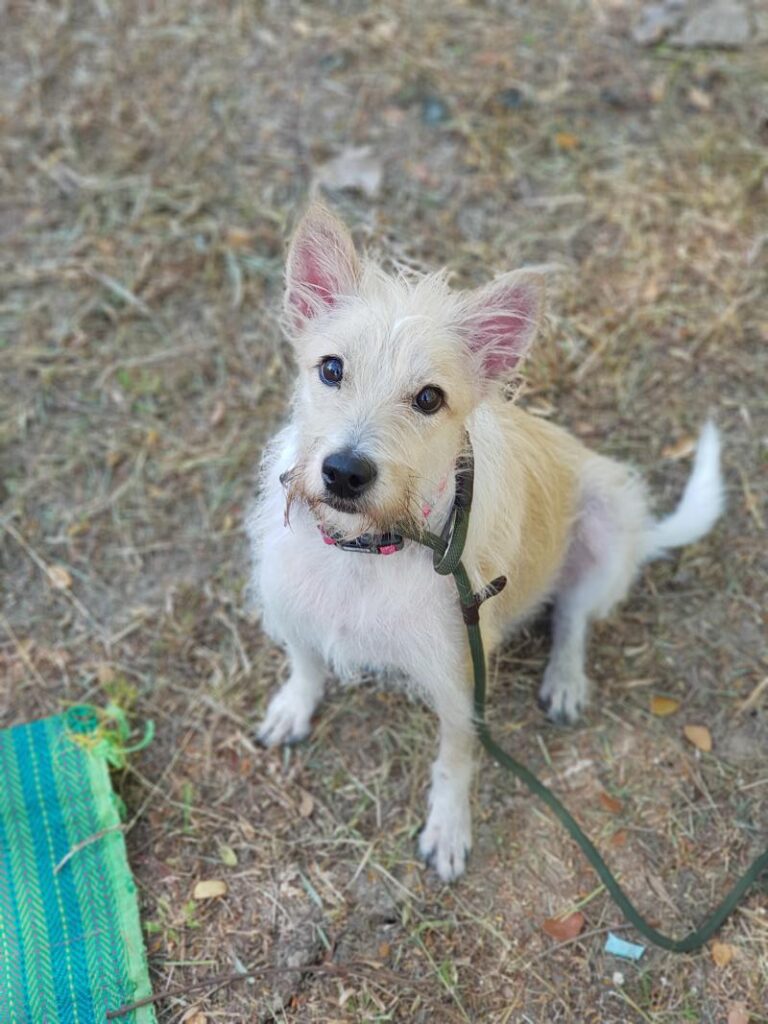
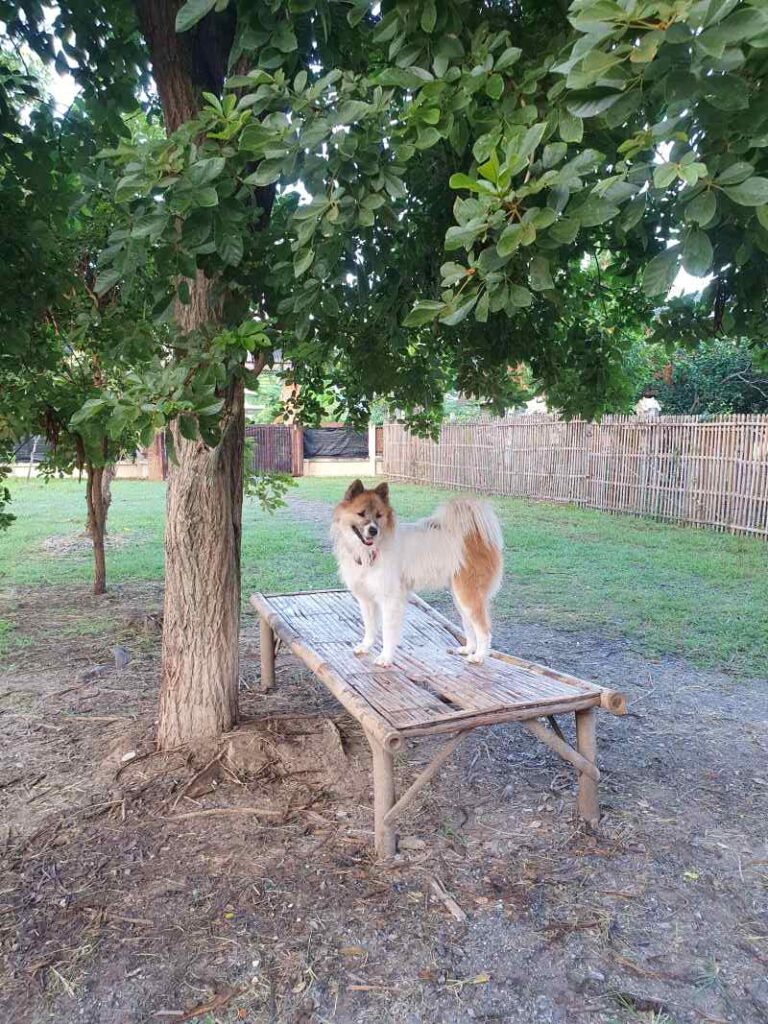
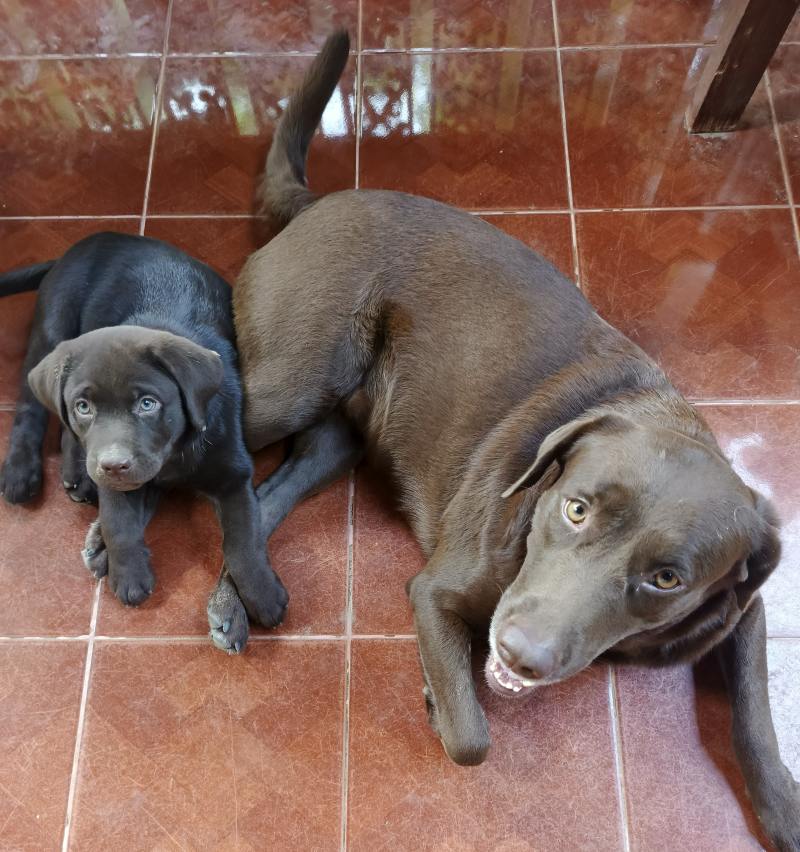
Distinguishing emotional behaviours helps owners respond correctly. Jealousy relates to social bonds, guarding to possession. Misreading these cues leads to poor training and tension at home.
The Impact of Early Socialization
Building Blocks for Emotional Stability
Early socialization is a crucial step in ensuring your puppy learns how to get along with other dogs, manage sibling rivalry, and grow into a stable, happy member of your family. From 8 weeks to 6 months, your puppy’s brain is flexible and soaking up experiences like a sponge. This is the prime time to teach important lessons about sharing, patience, and reading social cues.
During this period, puppies learn how to handle competition for food, toys, attention, and comfortable sleeping spots. Through play and positive group experiences, they pick up conflict resolution skills and discover that sharing resources doesn’t threaten their bond with you. Structured training and group play help reinforce these lessons, making it easier for your puppy to manage big feelings like frustration or insecurity in a multi-dog home.
Learning from Others
Part of this process is shaped by interactions with littermates and older dogs. Gentle corrections from bigger dogs and fun social games help your puppy practice self-control and delayed gratification. This is where your informative, professional, and supportive approach can make a real difference—guiding good interactions, modeling calm behavior, and stepping in when play gets too rough.
Lasting Effects
Puppies who experience positive socialization are often more tolerant and adaptable as adults. They have an easier time coping with new pack members and are less likely to develop jealousy-like behaviors or resource guarding habits. On the other hand, puppies who miss out on early socialization may be more nervous, easily frustrated, or even show aggression as they grow up. Giving your puppy the right early experiences sets them up for a harmonious life surrounded by both humans and other dogs.
Early socialization lays the groundwork for healthy behavior, making daily routines and training smoother for everyone.
Training Strategies to Manage Jealousy-Like Behaviors
Structured Attention Sharing
Bringing fairness into attention-sharing can help reduce competition between your dogs. Start by setting specific times when each dog receives your undivided attention. For example, gently give your puppy a belly rub while your older dog is resting, then swap roles. This method lets both pets feel valued and included, lowering the urge for jealousy-like reactions. Try not to favor one dog over another—even accidental favoritism can fuel mild conflicts.
Make sure each dog gets quality time with you daily. These short sessions can be playtime, petting, or simple cuddle moments. When it’s time for group activities, encourage shared play using toys that allow for group interaction instead of items that spark rivalry.
Positive Reinforcement for Calm Interactions
Reward calm and polite behaviors during group activities with treats, praise, or affection. If your puppy waits calmly as you greet another dog, immediately say “good job” and offer a treat. This shows your puppy that patience pays off, which can encourage better manners in the future.
Avoid scolding or punishing jealousy-like behaviors, as this can make things worse. Instead, stay supportive and professional—redirect their attention gently and reinforce positive choices. Our informative methods focus on kindness and fairness for every dog involved.
Teaching Impulse Control and Delayed Gratification
Impulse control helps puppies learn to wait their turn. Simple training exercises, like “sit and stay” before offering food or play, teach puppies not to rush or interrupt. Slowly increase the wait time, so they master delayed gratification.
Practice by asking your puppy to sit quietly while you interact with another dog, rewarding them for every second of self-control. Over time, your pup learns that patience leads to good things—building the habits needed for future harmony.
Building emotional balance through these training techniques sets the stage for lifelong cooperation. 🐾 This helps your dogs develop strong bonds and thrive together in the home.
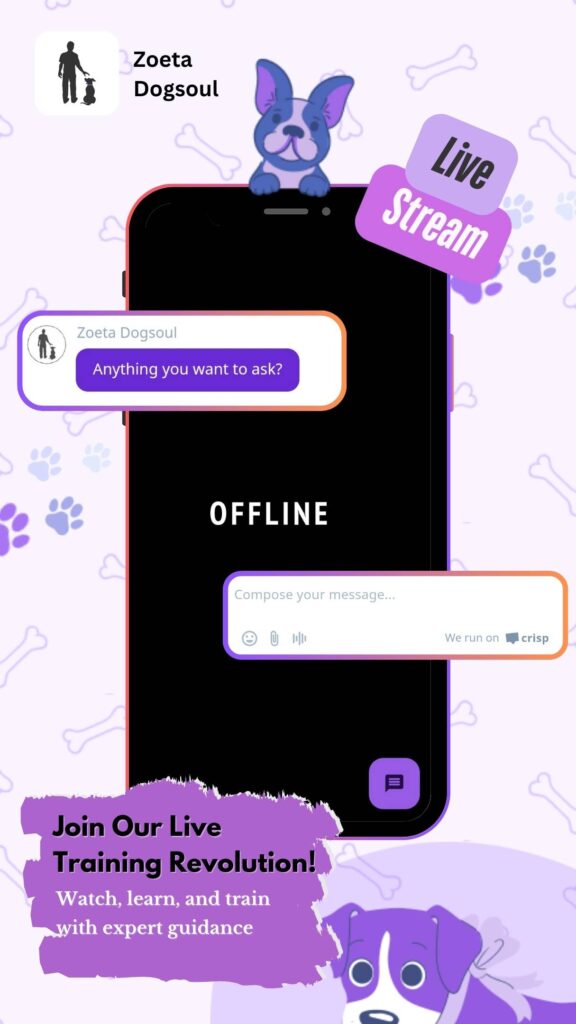
Preventing Resource Guarding in Puppies
Proactive steps for a calm and confident puppy
Preventing resource guarding starts right when your puppy joins your home. By being informative and observant, you can spot early warning signs—like growling, stiff posture, or hovering over a favorite toy—before the behavior escalates. Professional trainers recommend structured routines to help puppies understand they don’t need to fight for food, toys, or your attention.
Training puppies to share
Resource guarding happens when a puppy feels the need to protect things they value. To prevent this, practice gentle exchange games: swap toys or treats for something equally valuable. Make these trades fun and rewarding, using cheerful praise and healthy treats. This supportive approach teaches puppies that sharing leads to positive outcomes.
Try hand-feeding parts of meals or providing treats when another dog is nearby. Celebrate every calm response your puppy shows around other dogs and valuable items. These exercises offer safe, low-pressure ways to build trust and reduce competition.
Intervening in resource disputes
If puppies do become possessive, stay calm. Remove the resource rather than scolding—this keeps everyone safe. Refocus attention on a new toy, task, or training exercise. Avoid sudden loud reactions which can increase anxiety. If the behavior persists or escalates, it may be time to consult a professional for tailored guidance.
Your efforts now will pay off later—by preventing resource guarding, you support harmony in your household and your puppy’s lifelong social skills. Creating these positive habits will naturally encourage healthy interactions as your puppy grows and faces new challenges together with you. 😊
Long-Term Consequences of Unchecked Behaviors
The Risks of Ignoring Jealousy-Like Responses
Letting jealousy-like behaviors go unchecked in puppies can lead to bigger problems as your dog matures. When feelings of jealousy or rivalry aren’t managed early, it may result in unwanted habits down the road. For example, puppies that interrupt your attention or become possessive during social situations might grow into dogs who respond aggressively, act out, or struggle to trust both people and pets in their home. This is not only stressful for your dog but can turn daily life into a challenge for your entire family.
Possible Behavioral Problems
Unchecked jealousy-like responses can eventually cause:
- Aggression toward other dogs or even family members
- Increased anxiety, especially when sharing space with others
- Trouble forming positive bonds, resulting in a lack of social skills
- Escalation of resource guarding to more severe levels
These behaviors can make multi-dog living uncomfortable or even unsafe. It’s important to know that these issues are not a sign of a “bad dog”—they simply reveal a dog’s struggle to cope with complex feelings and competition. Our informative guides are designed to provide professional advice while remaining supportive at every step. 😊
Early Intervention Is Key
The good news is that you can help your puppy develop healthier habits. Early intervention—using fair boundaries, structured attention sharing, and calm guidance—gives your puppy the best chance to learn teamwork and trust. When you notice jealousy-like or guarding behaviors, don’t wait to address them. By doing so, you are not just preventing aggression and anxiety today, but also setting up a lifetime of harmony for both your puppy and your household.
Understanding the growing needs of your puppy now helps ensure stronger bonds and a peaceful home for all.
When to Seek Professional Help
Recognizing When You Need Extra Support
Sometimes, even with the best intentions, jealousy-like behaviors or resource guarding in puppies can become too much for families to handle alone. It’s important to recognize warning signs that mean your pup needs more than just basic training. If your puppy is showing frequent aggression, snapping, constant anxiety, or if fighting between dogs is causing injury or stress, it’s time to reach out for professional support. Other red flags include a growing inability for your dogs to share resources, persistent growling, or situations where their emotional distress seems to be escalating.
The Role of Behavioral Specialists
A behavioral specialist, such as a veterinary behaviorist or certified dog trainer, brings informative, professional knowledge to your situation. These experts can observe your puppy’s unique environment, interactions, and triggers. With a supportive approach, they’ll distinguish between jealousy, resource guarding, or underlying insecurities. They use fair behavioral assessments to craft a plan that’s tailored to your dogs and home, ensuring safety and emotional well-being for everyone.
What to Expect from Professional Behavior Modification Programs
Behavior modification programs offer structured steps and consistent guidance. First, a specialist will watch interactions and listen to your concerns—remember, you’re not alone in this! 😊 Then, they’ll set up training routines that focus on impulse control, calmness, and positive reinforcement. These programs may involve new ways to share resources, separate training sessions, and teaching both dogs how to be relaxed during shared attention. Progress is usually step-by-step and supportive, keeping your pets’ comfort at the center of all decisions.
With the right help, harmony in your multi-dog household becomes much more achievable. Early, informed intervention is the best way to build a peaceful, confident relationship among all your furry friends.
Conclusion: Creating Harmony in Multi-Dog Households
Understanding Key Differences
Building a peaceful home for several dogs starts with understanding what drives their actions. Puppy jealousy and resource guarding might look similar, but they are quite different. Jealousy-like behaviors are about protecting a relationship, such as when a puppy wiggles between you and another dog. Resource guarding, on the other hand, involves a dog protecting food, toys, or favorite sleeping spots. Noticing the triggers—whether it’s you or an object—can help you tell these apart and choose the right strategy for training.
Recognizing Emotional Development
Puppies are always learning about the world and forming attitudes toward sharing, attention, and new experiences. Their brains, especially parts like the amygdala and prefrontal cortex, are actively wiring up social skills and emotions during those first few months. The ability to feel complicated emotions like jealousy grows over time. Early experiences and gentle guidance are vital for helping puppies thrive in group settings.
Fostering Positive Relationships
Every dog deserves to feel safe and valued. Here are some informative, professional, and supportive steps to bring out the best in your pack:
- Make time for one-on-one attention with each dog.
- Use positive reinforcement to reward calm sharing.
- Create routines for feeding, play, and rest to build predictability.
- Watch for stress signals, and intervene early with redirection or a calming break.
- Encourage all dogs to participate in fun training games, promoting teamwork.
By understanding your puppy’s development and using mindful training, you help every dog feel loved and respected. This kind approach sets everyone up for a happy life together. 😊



